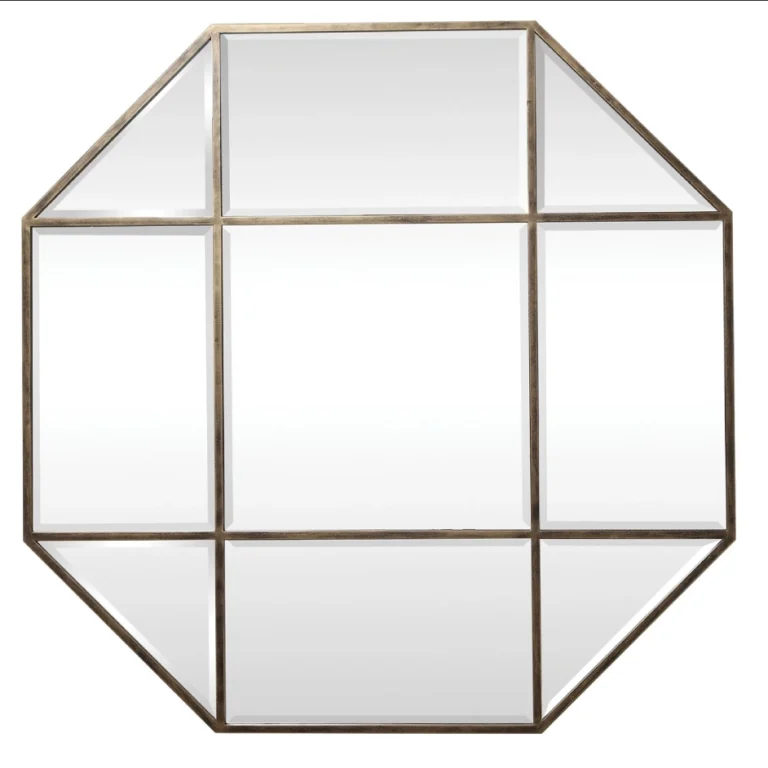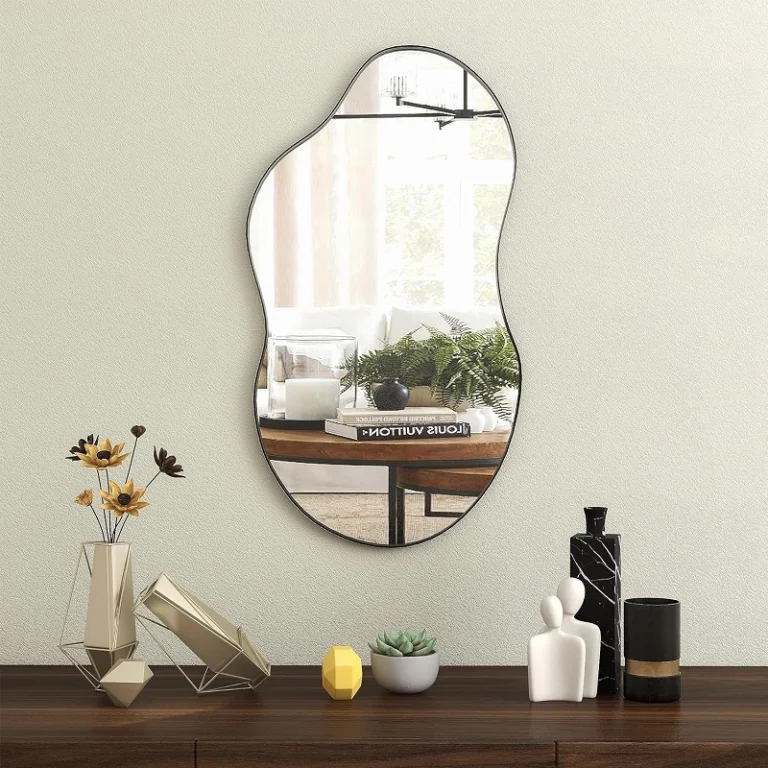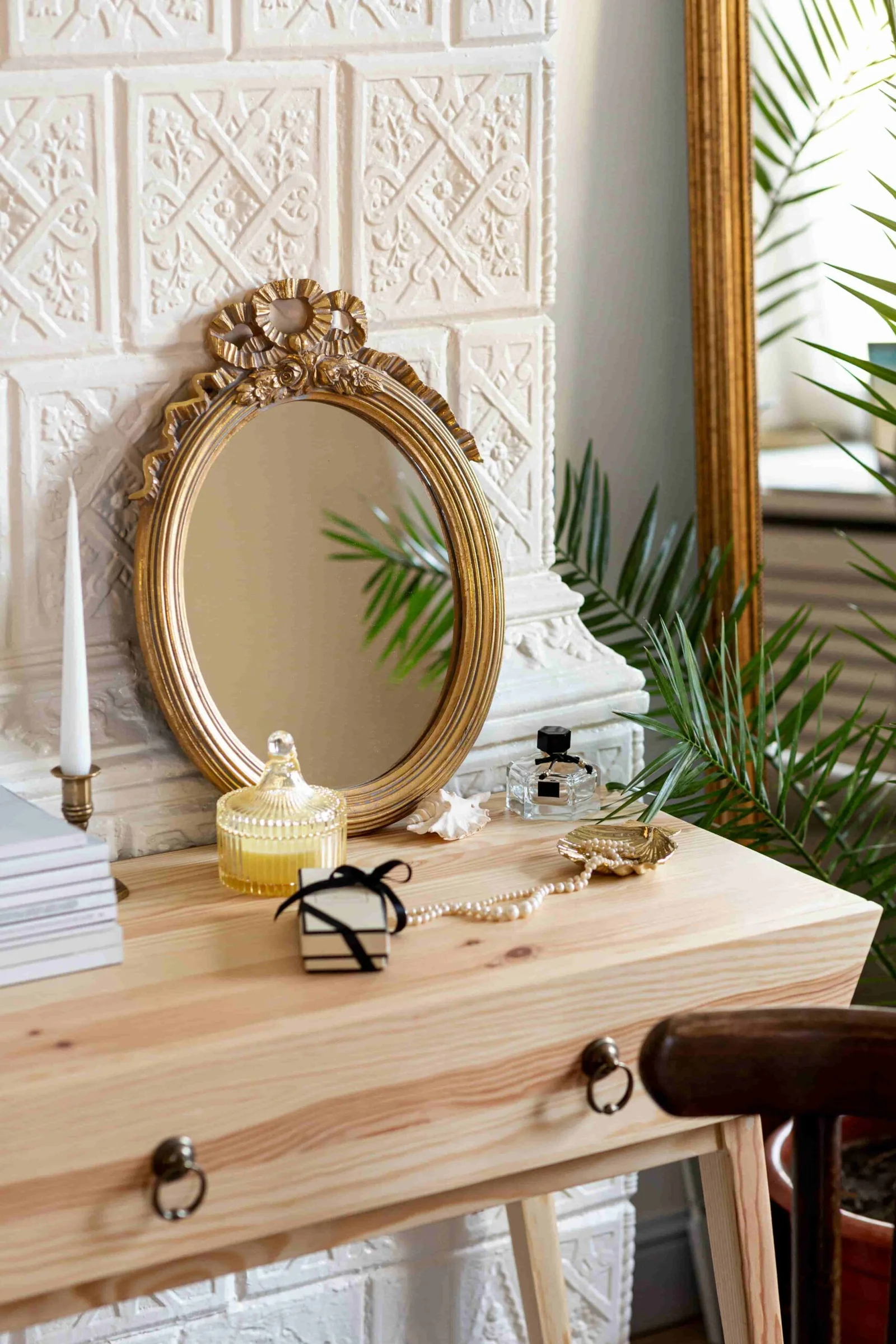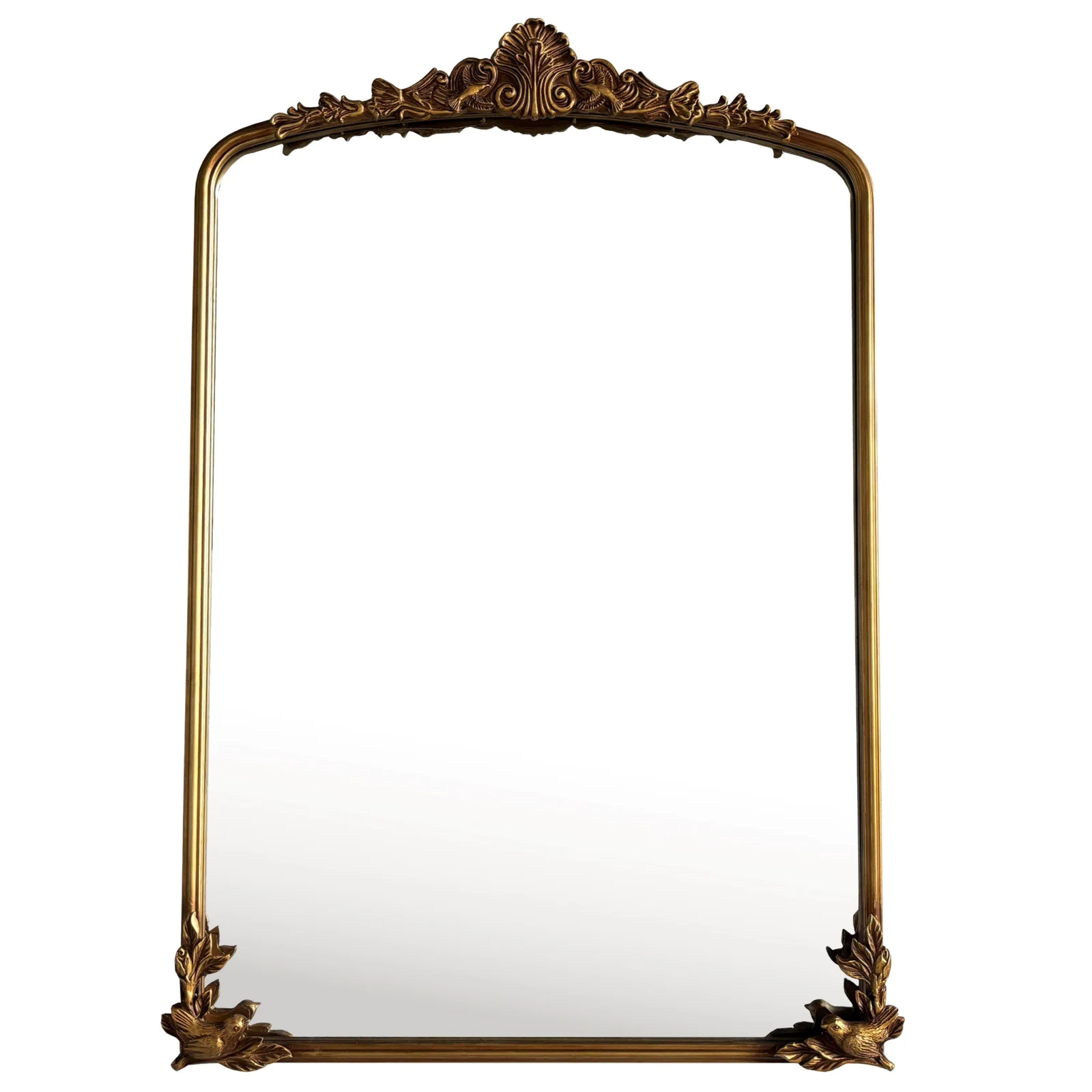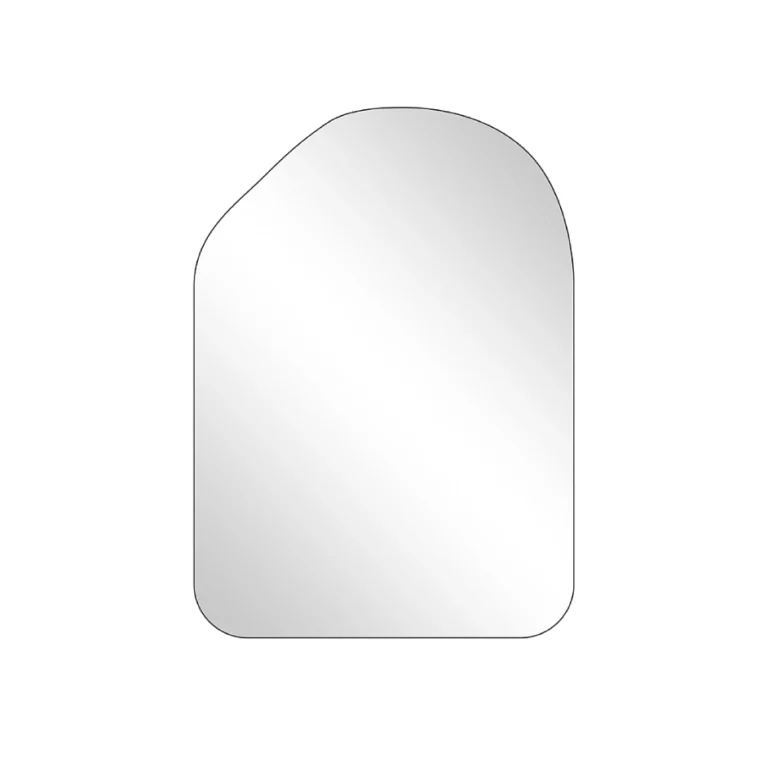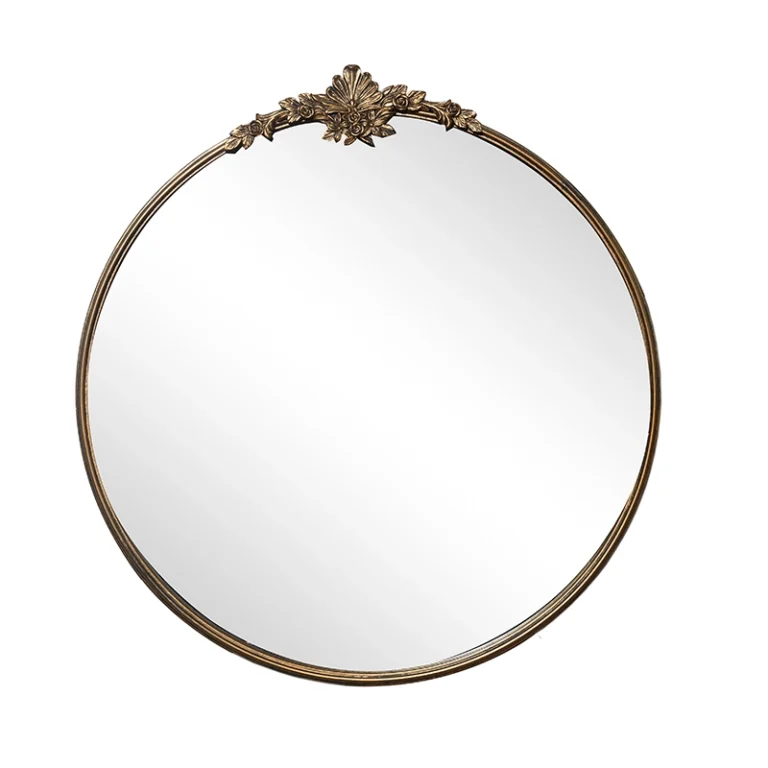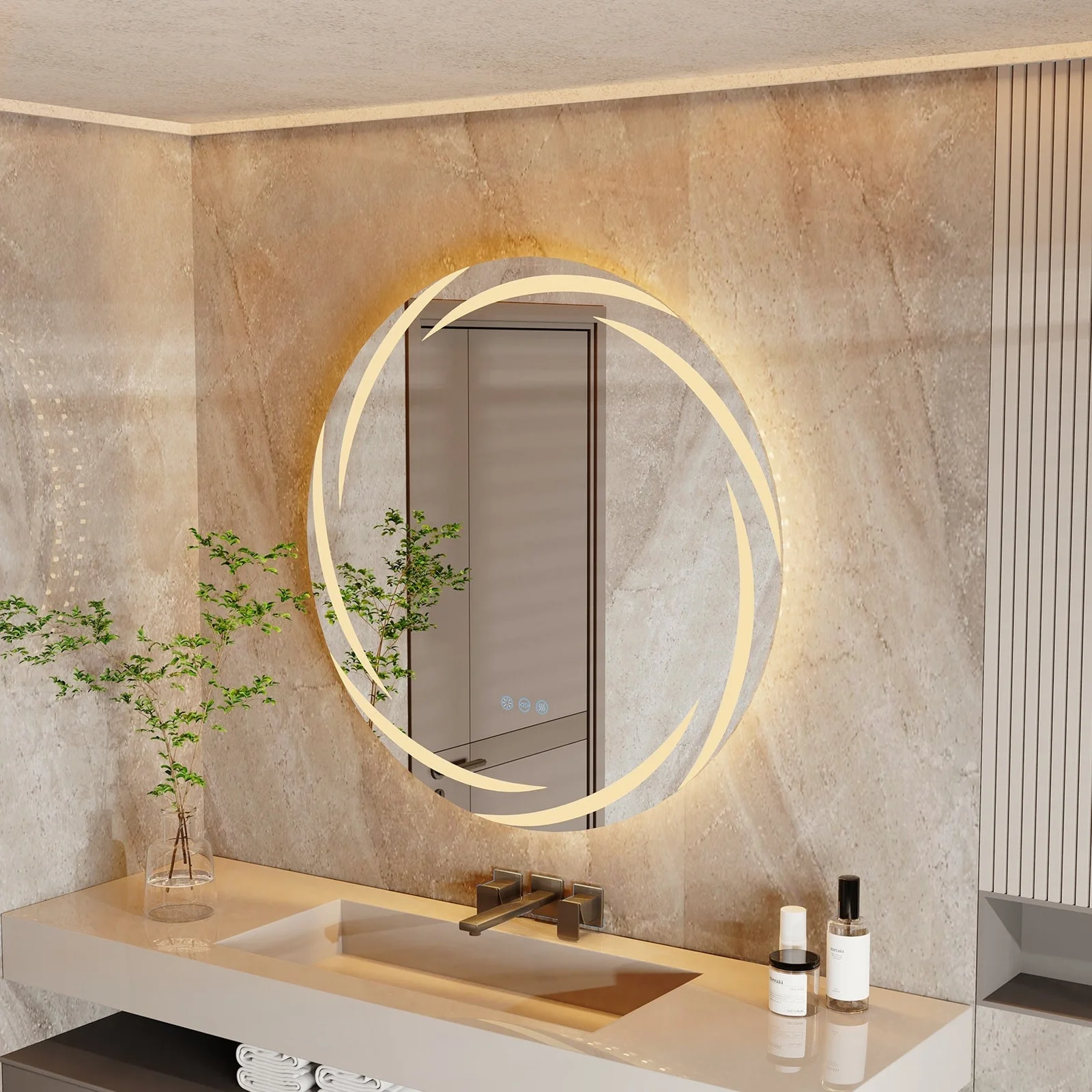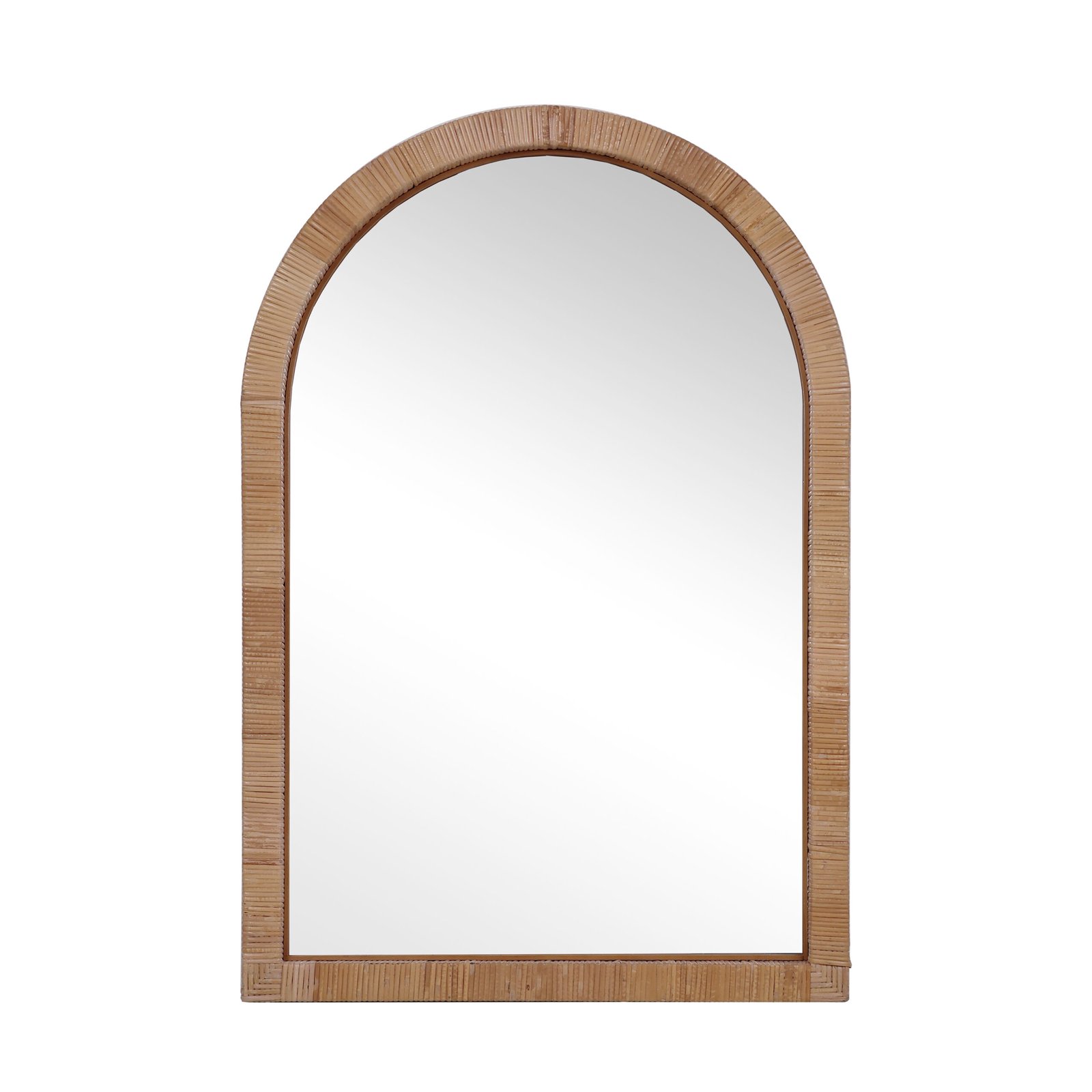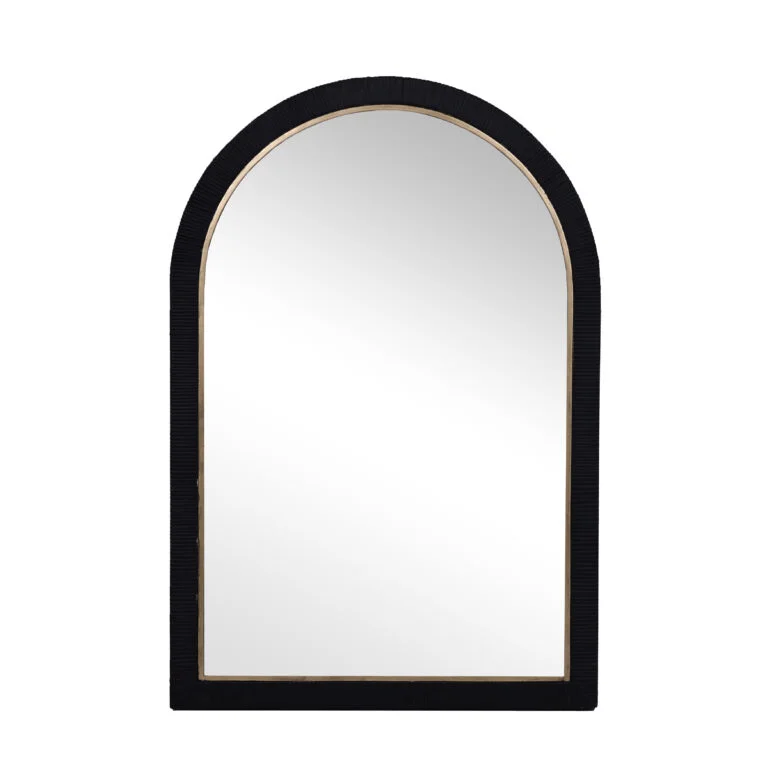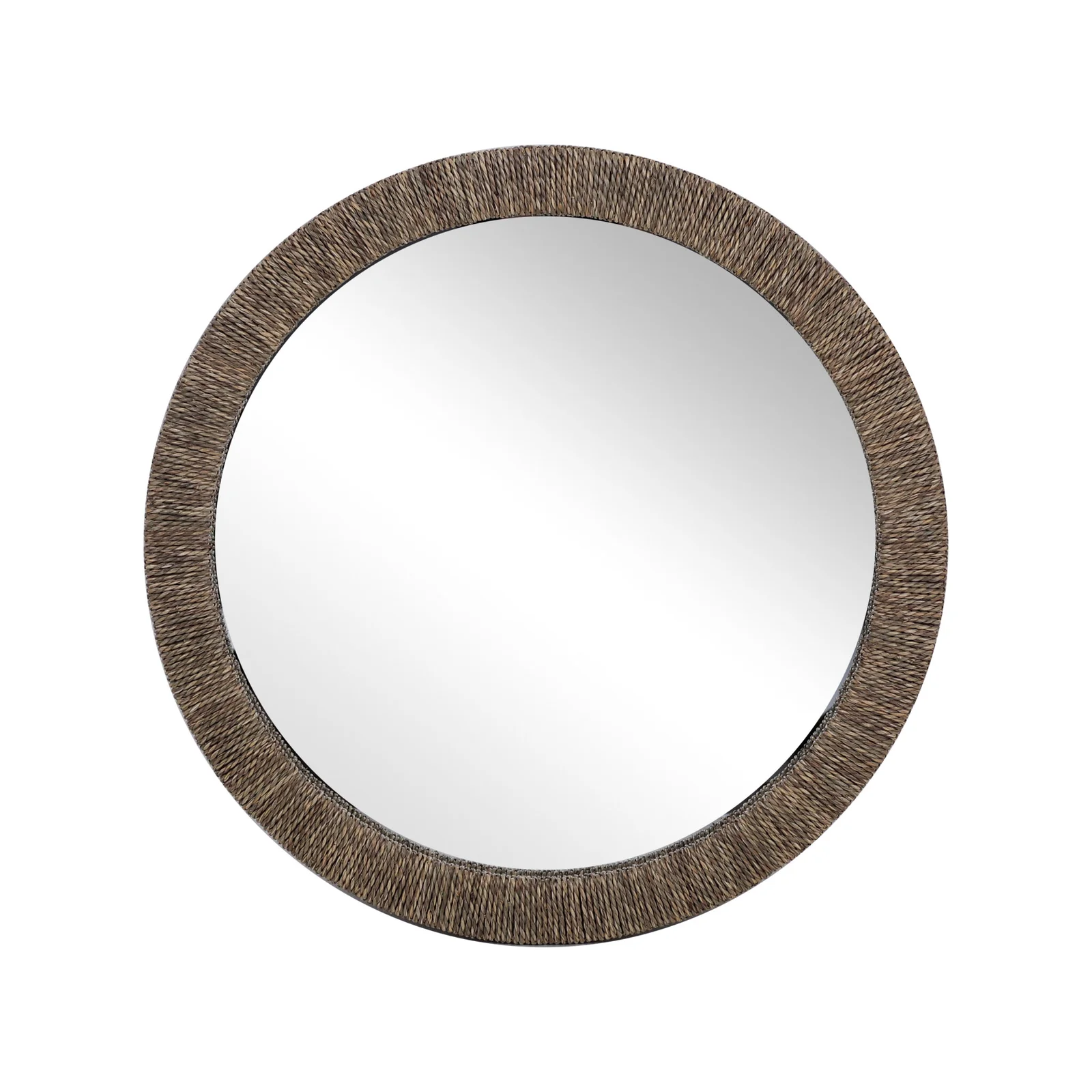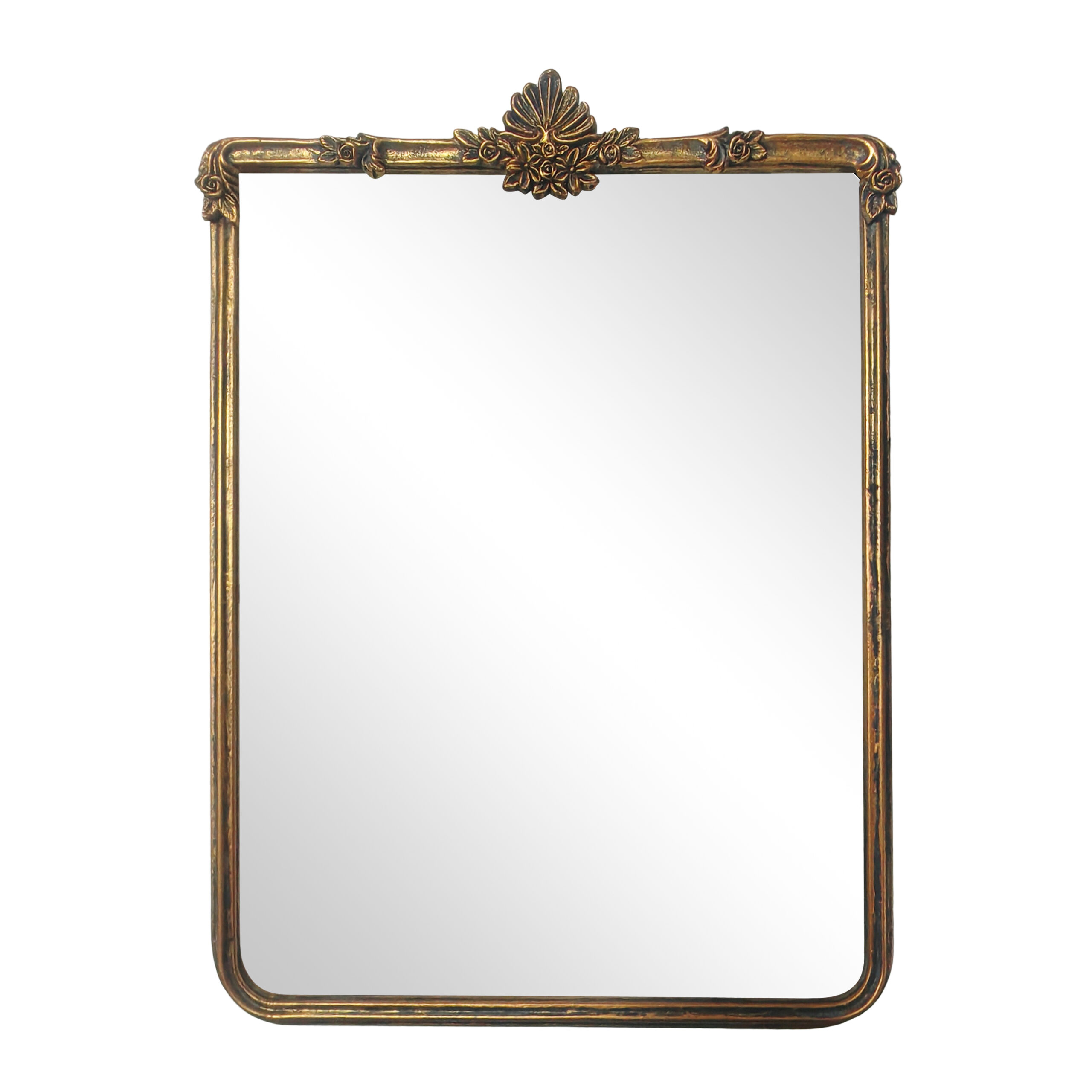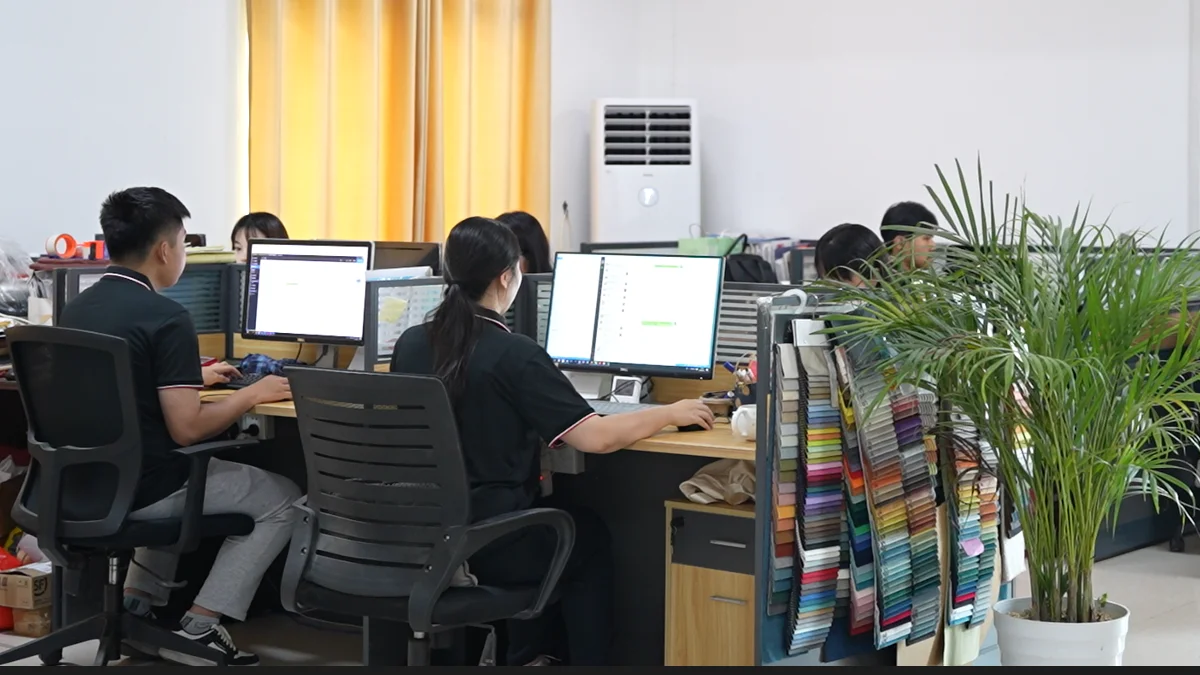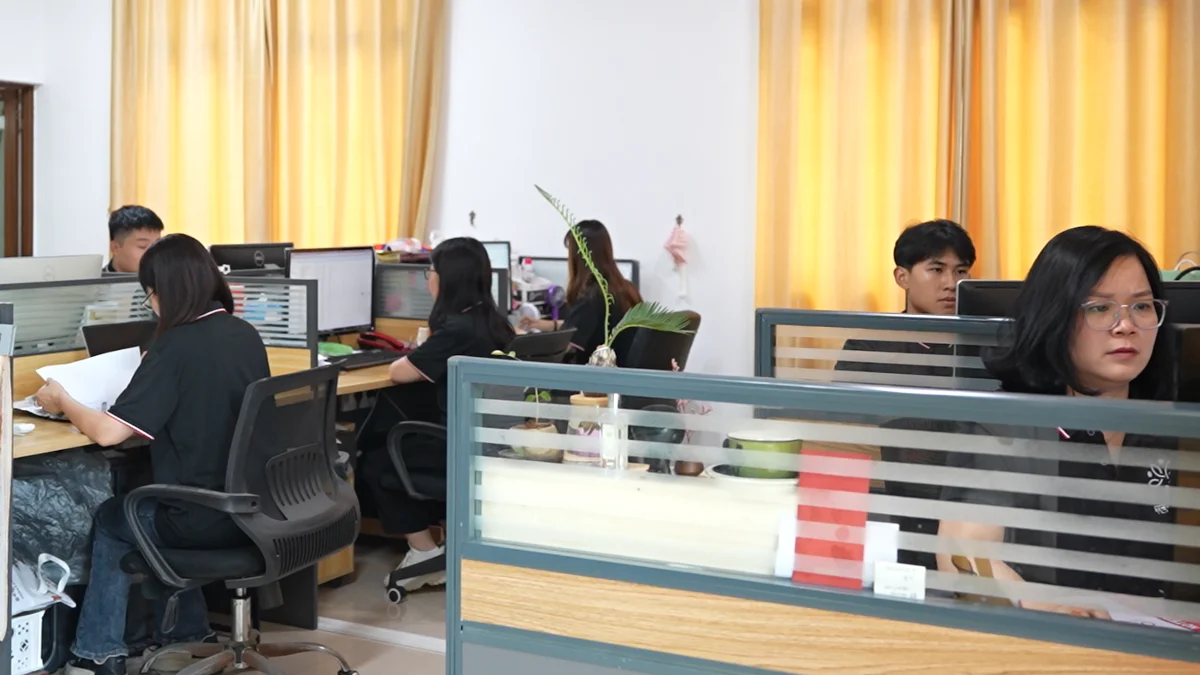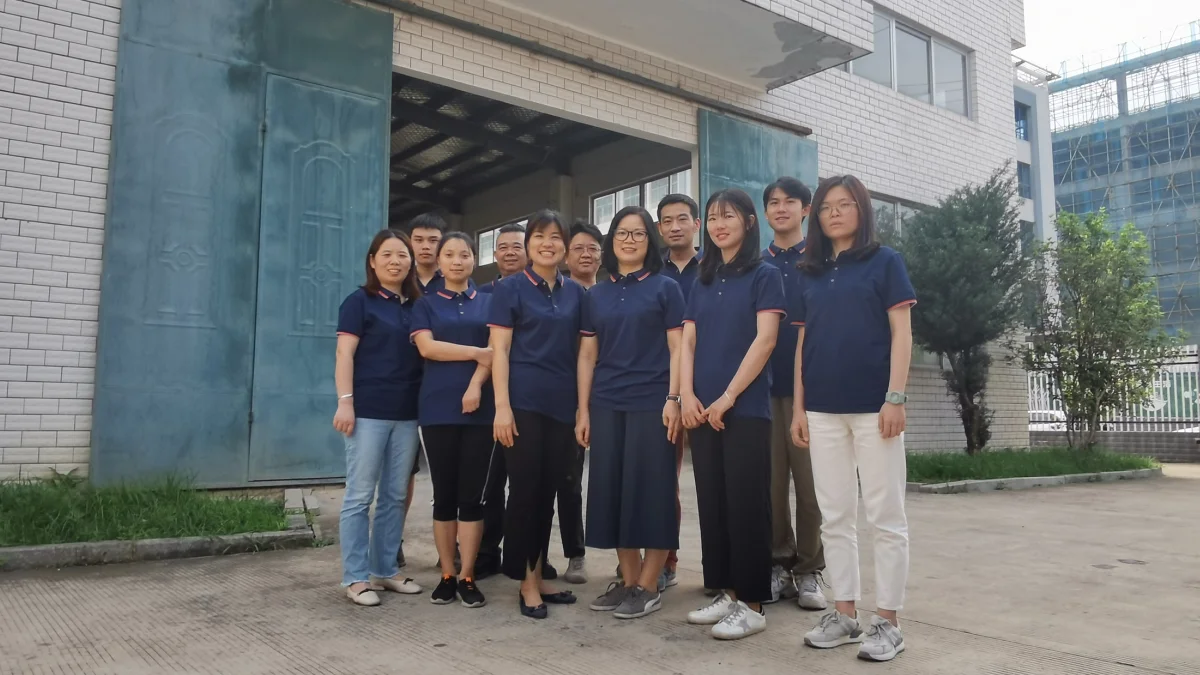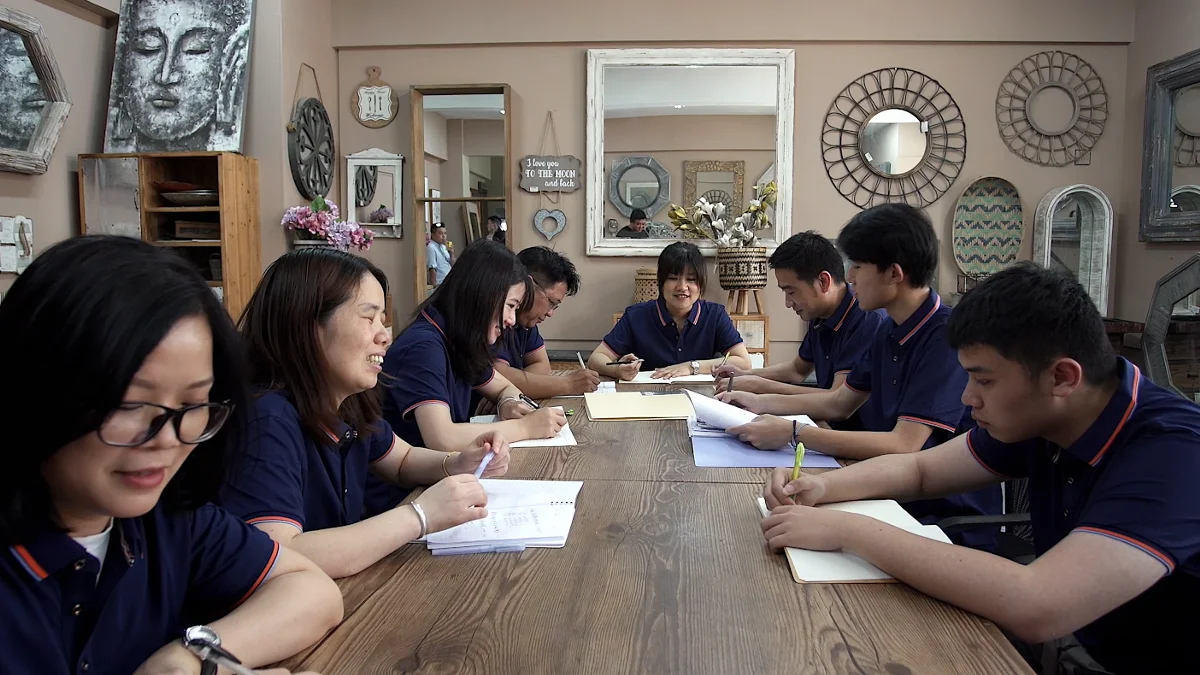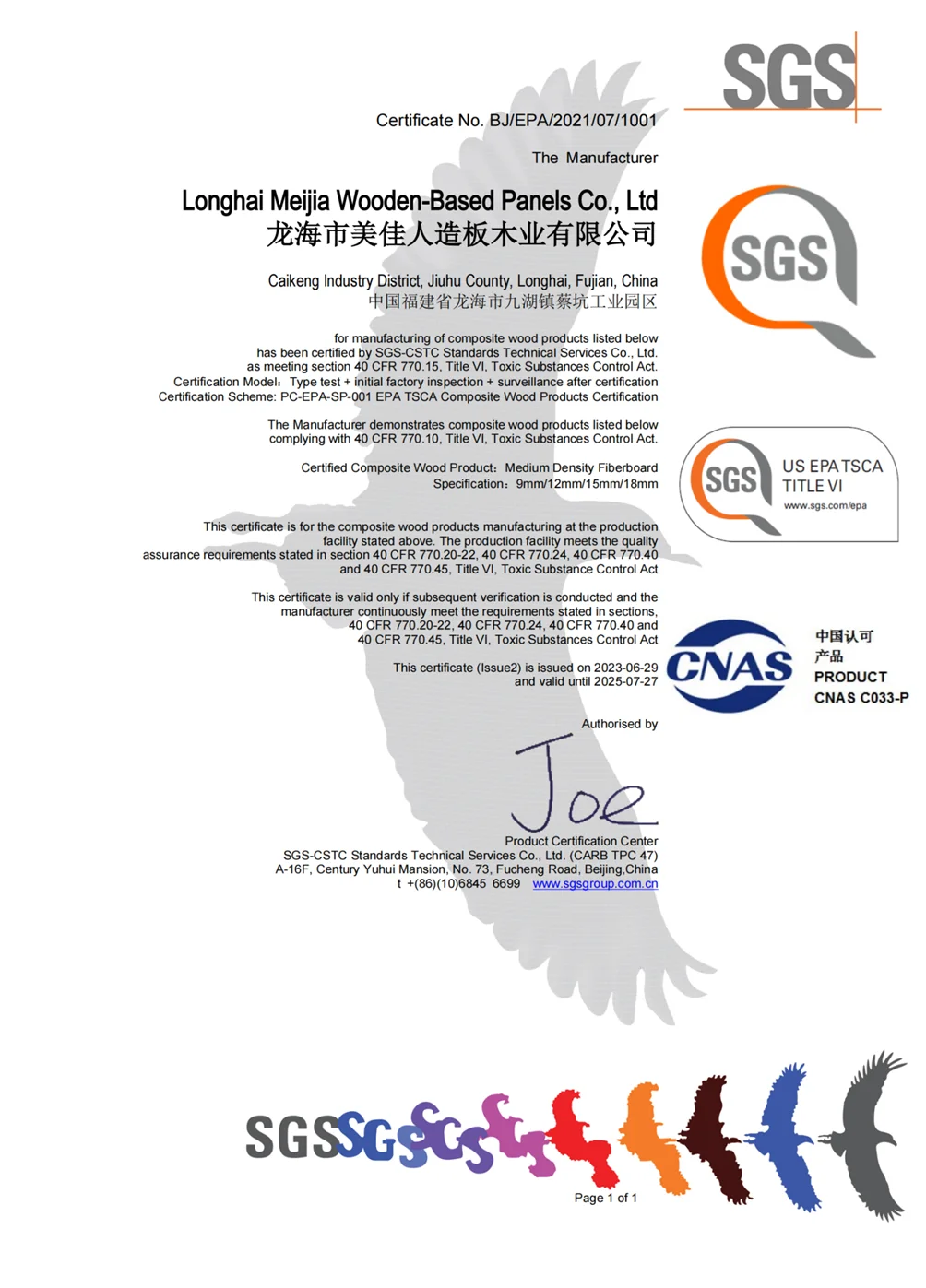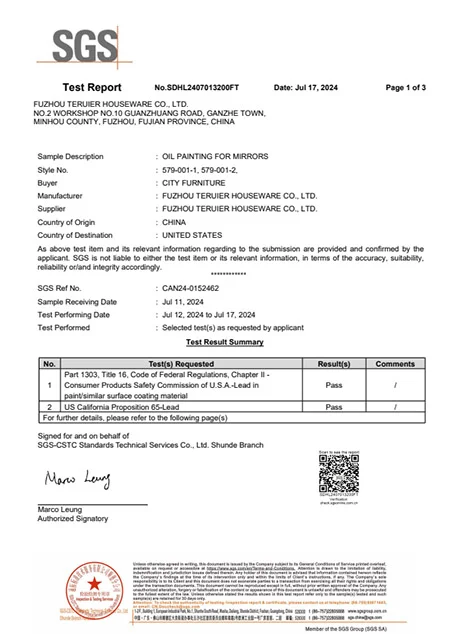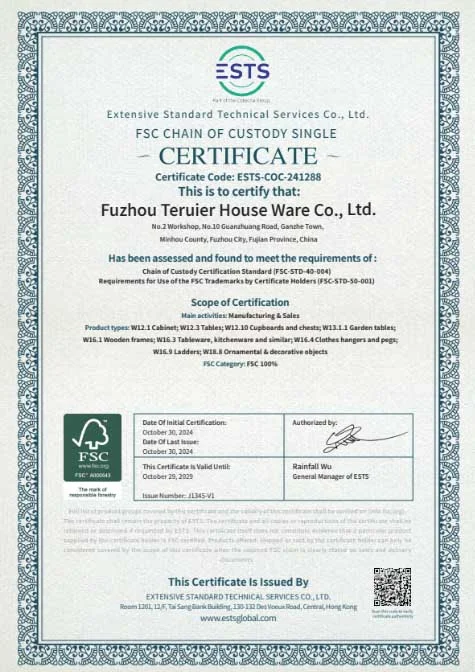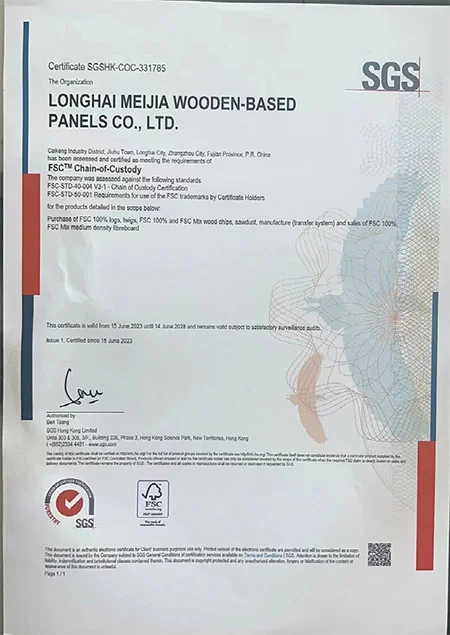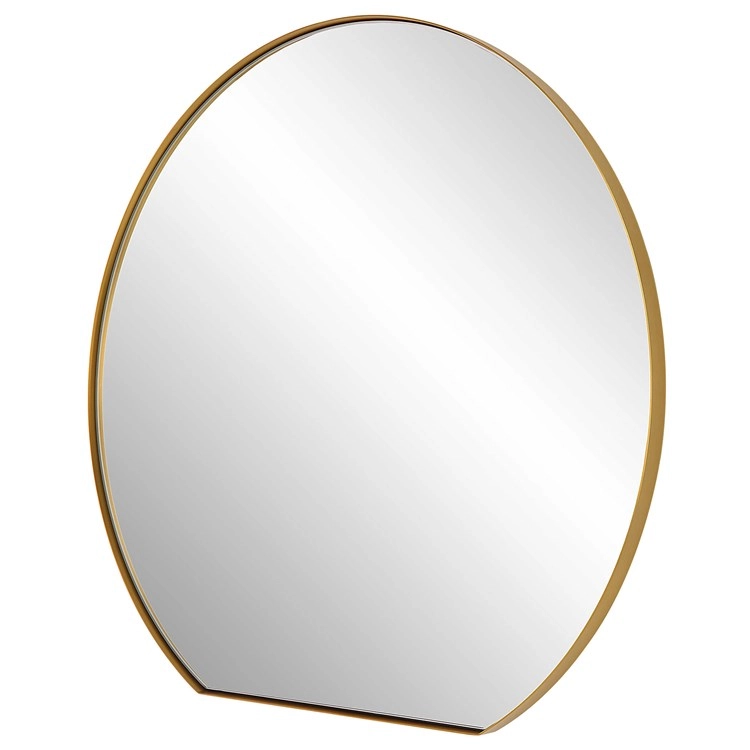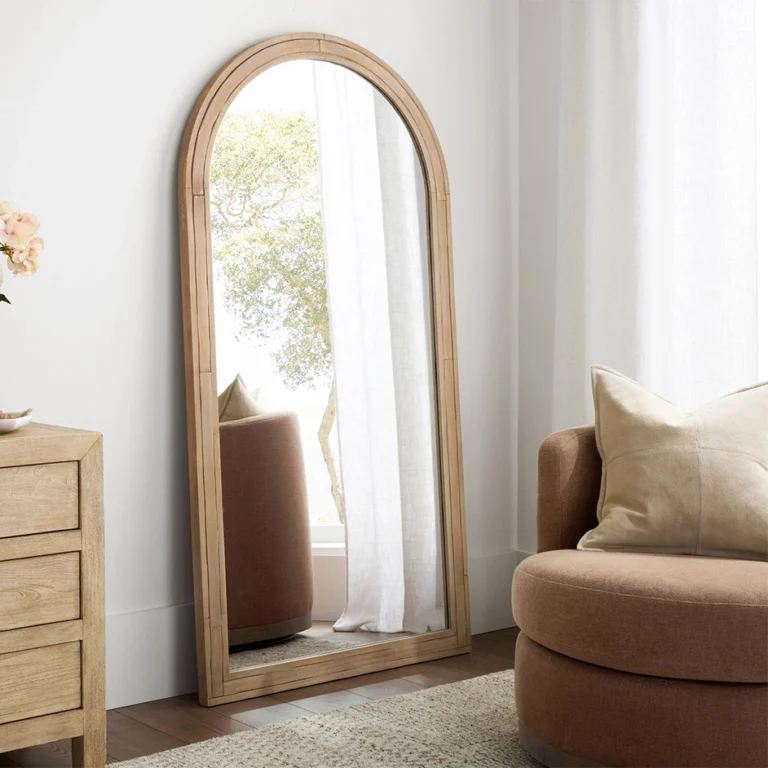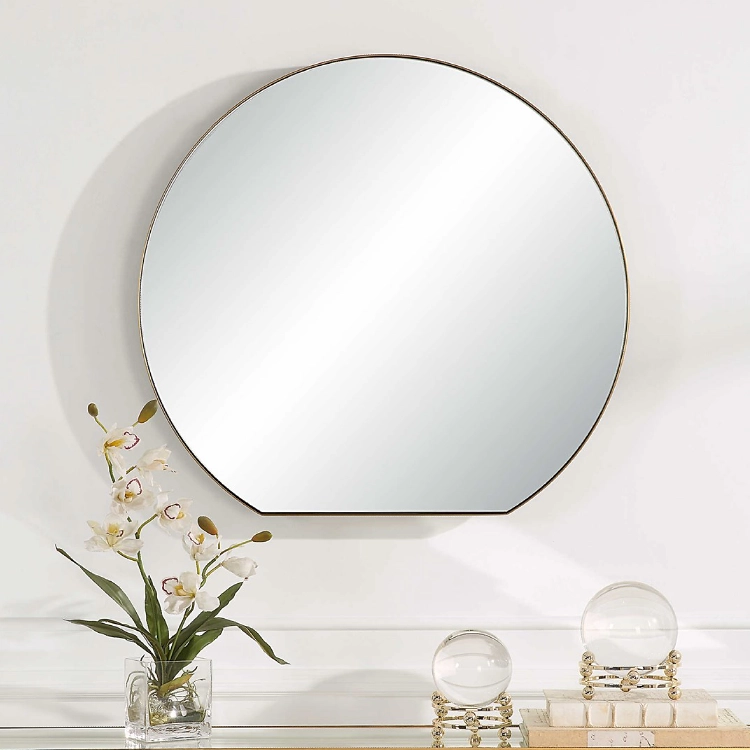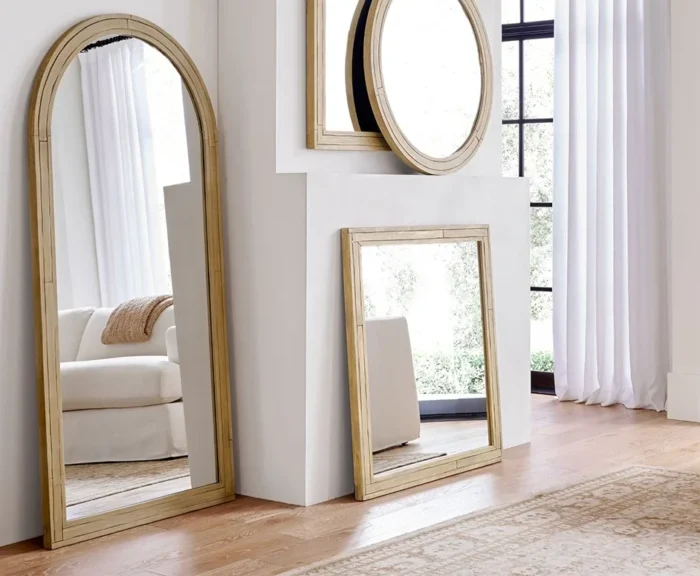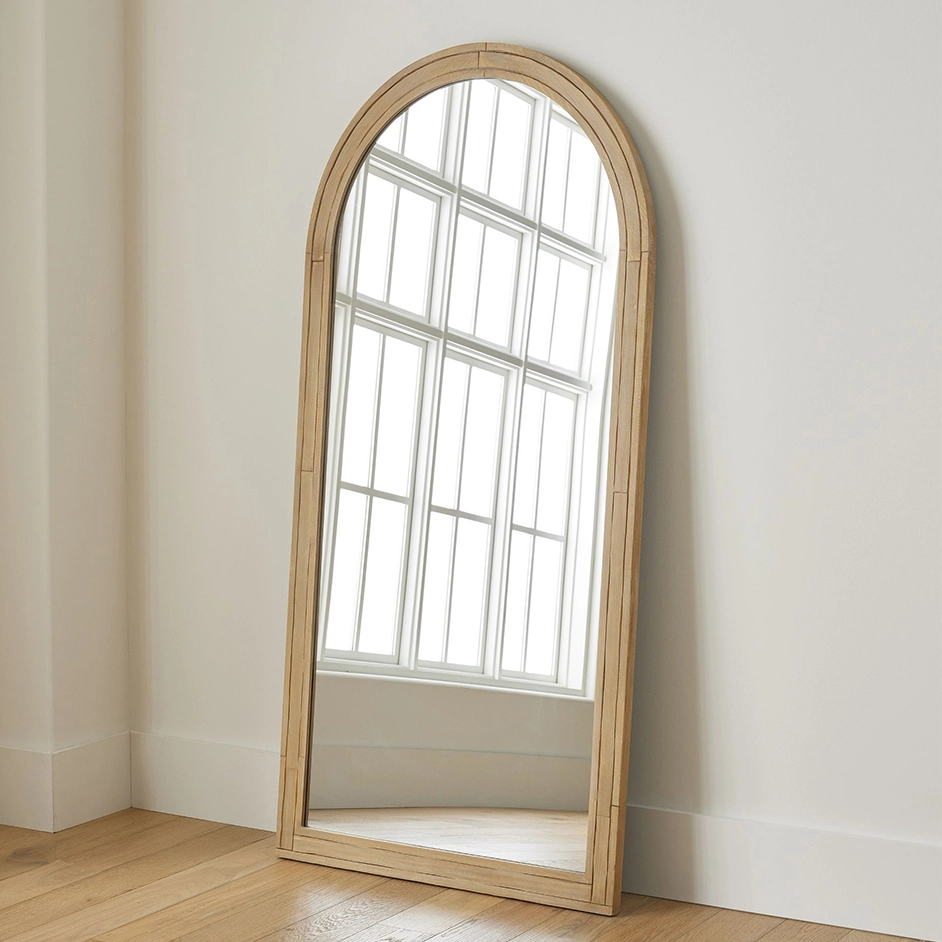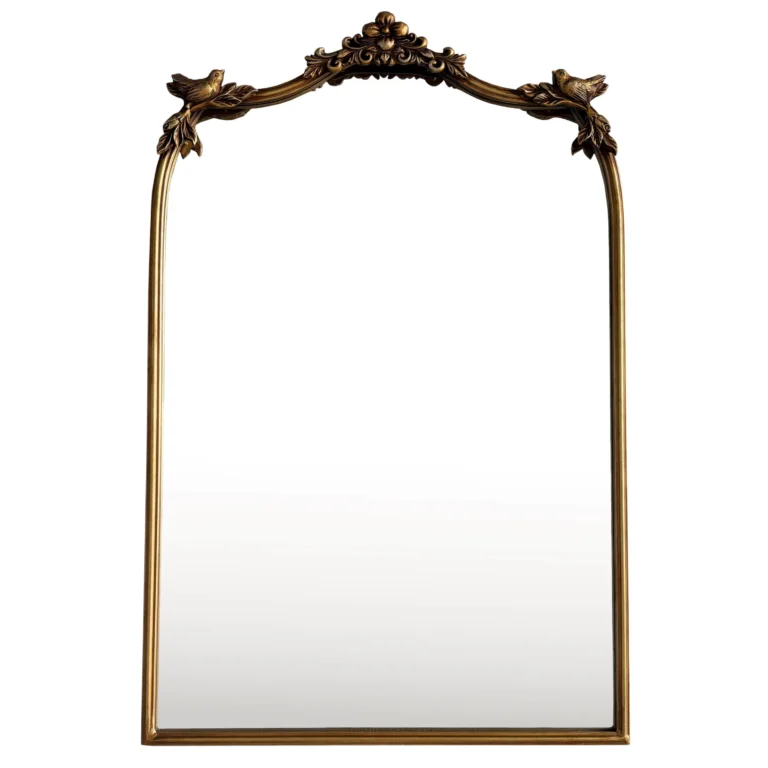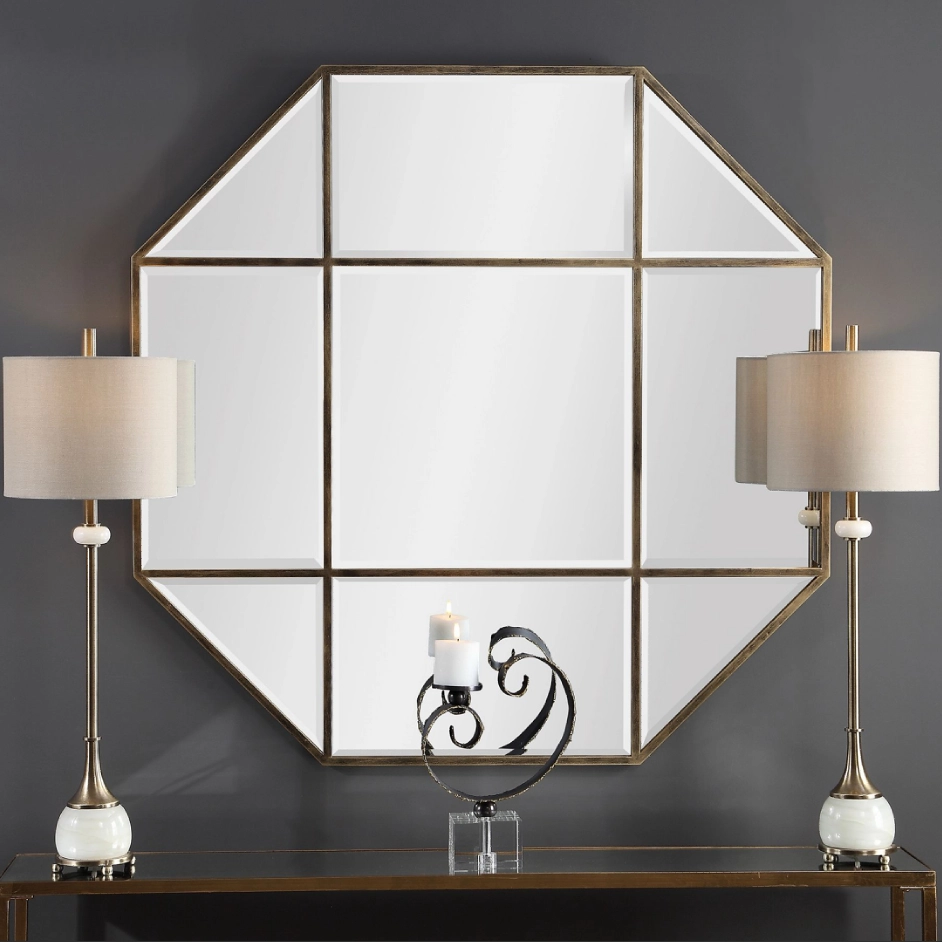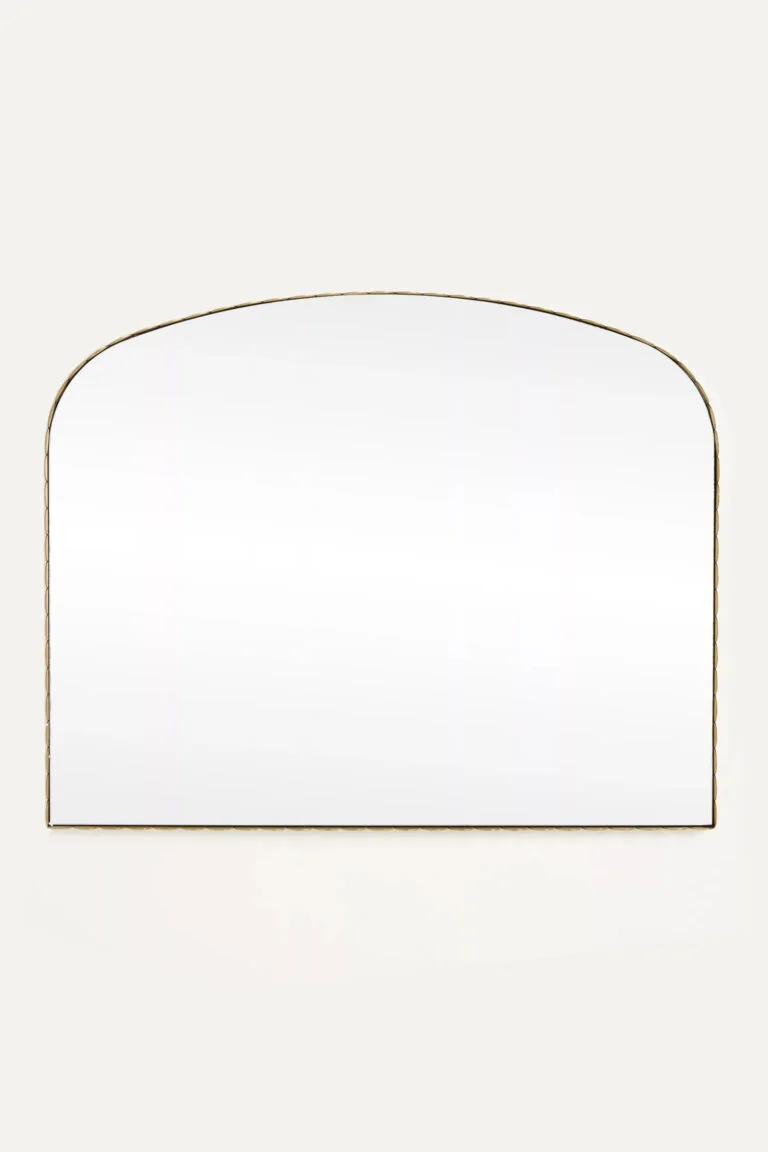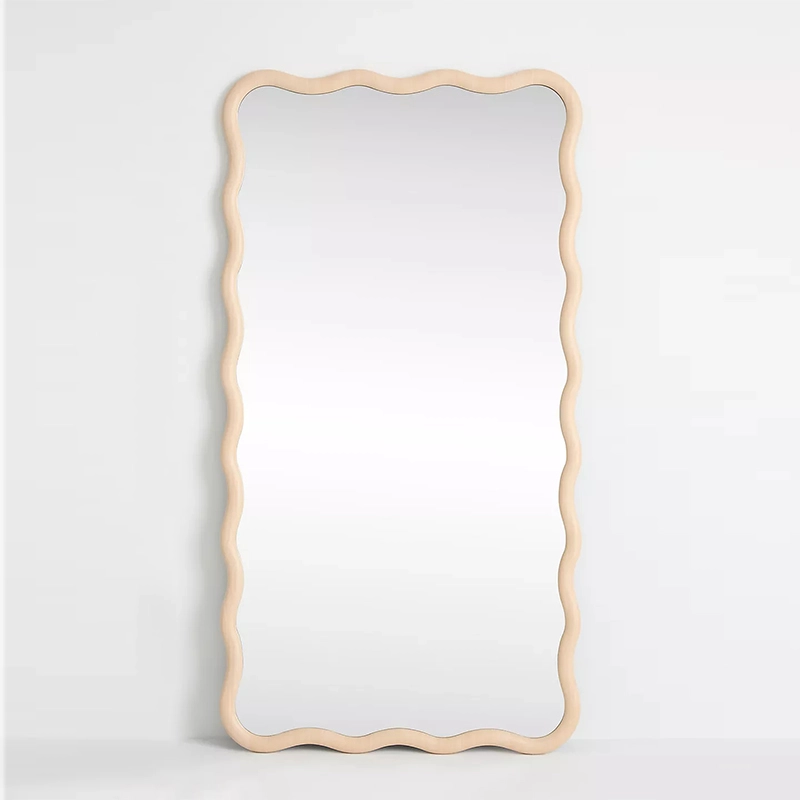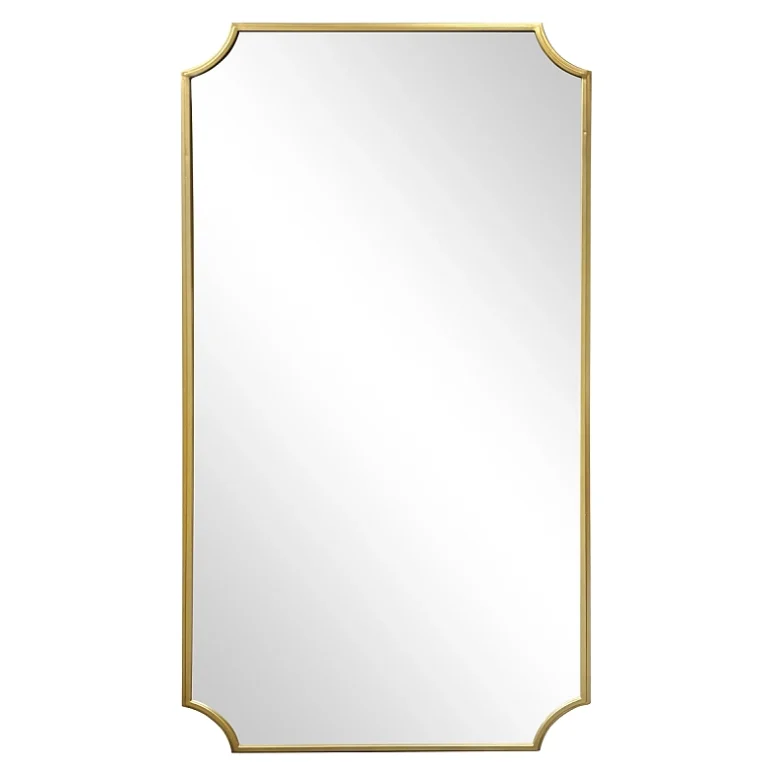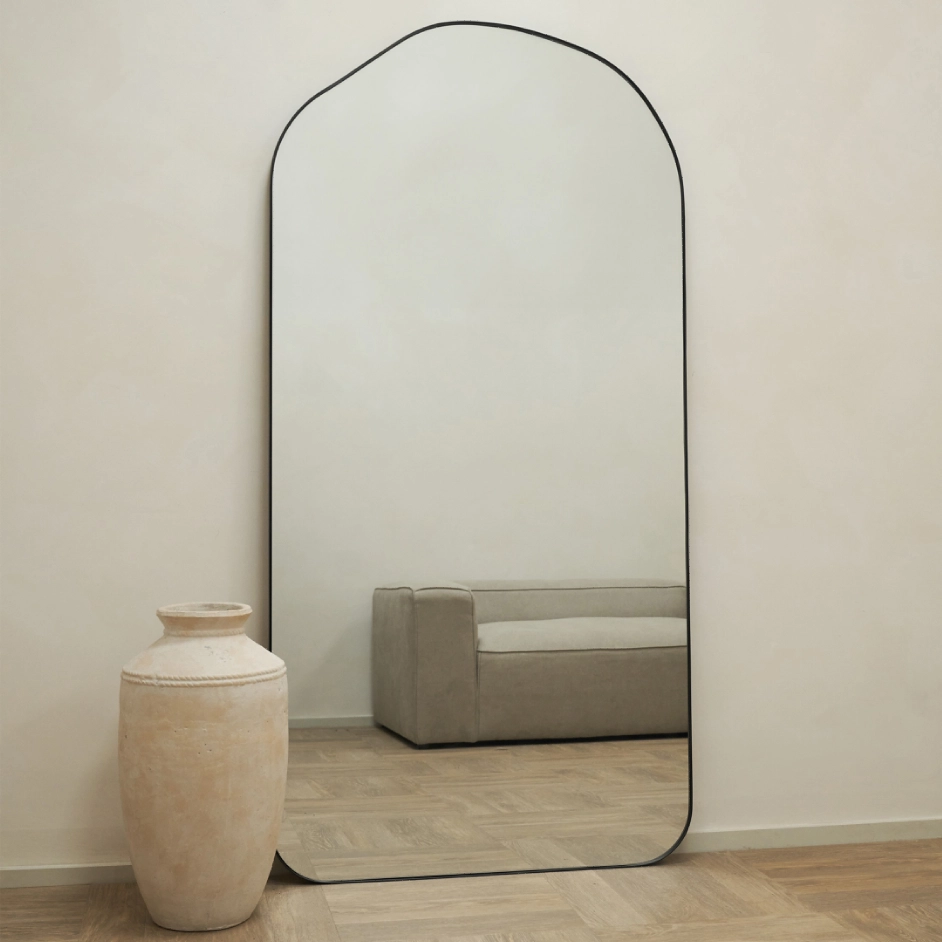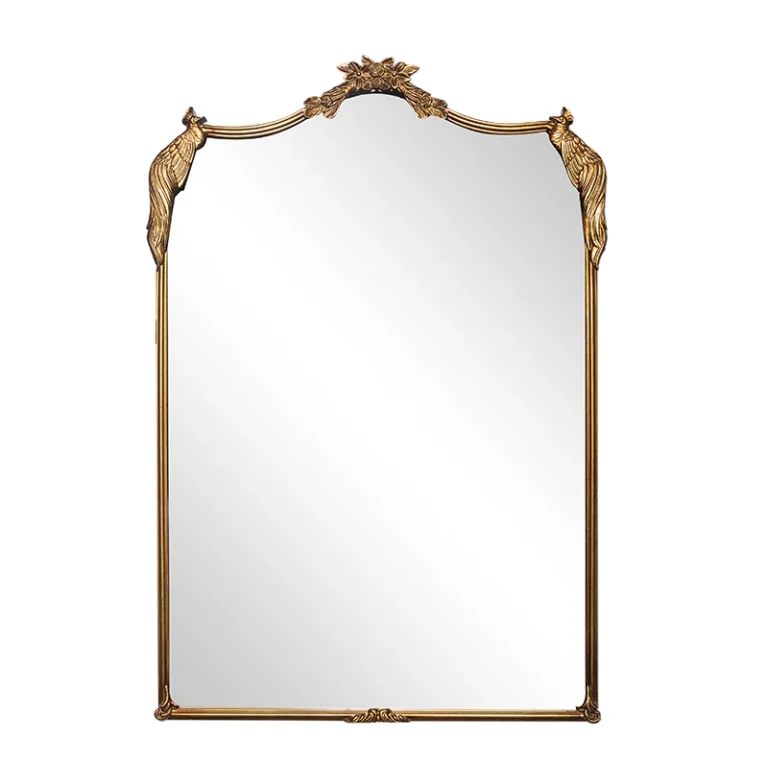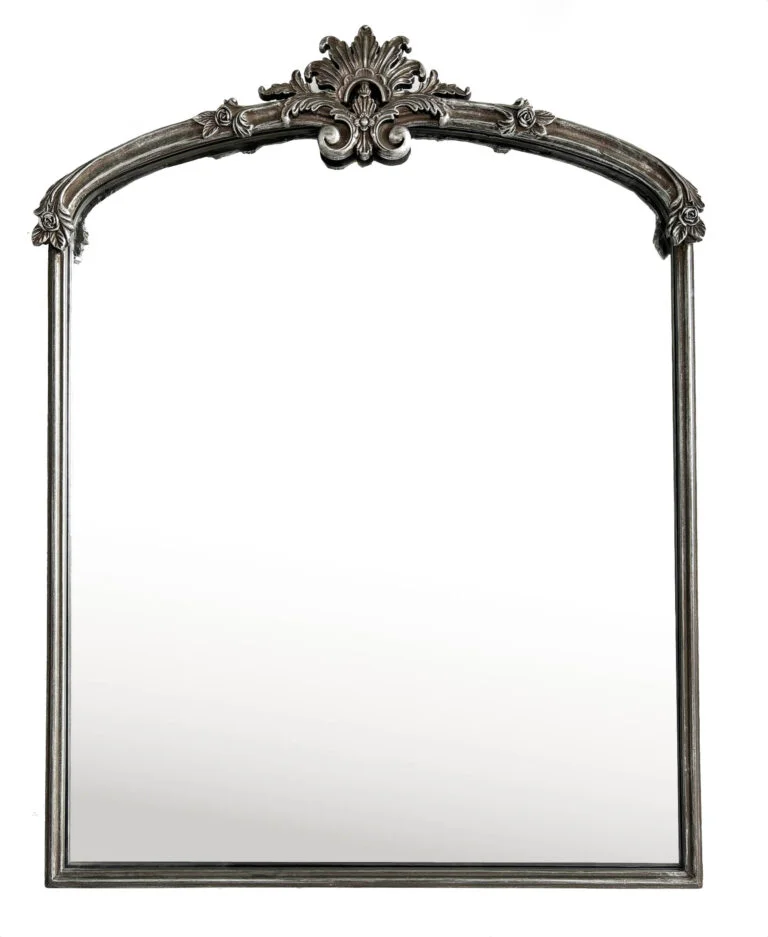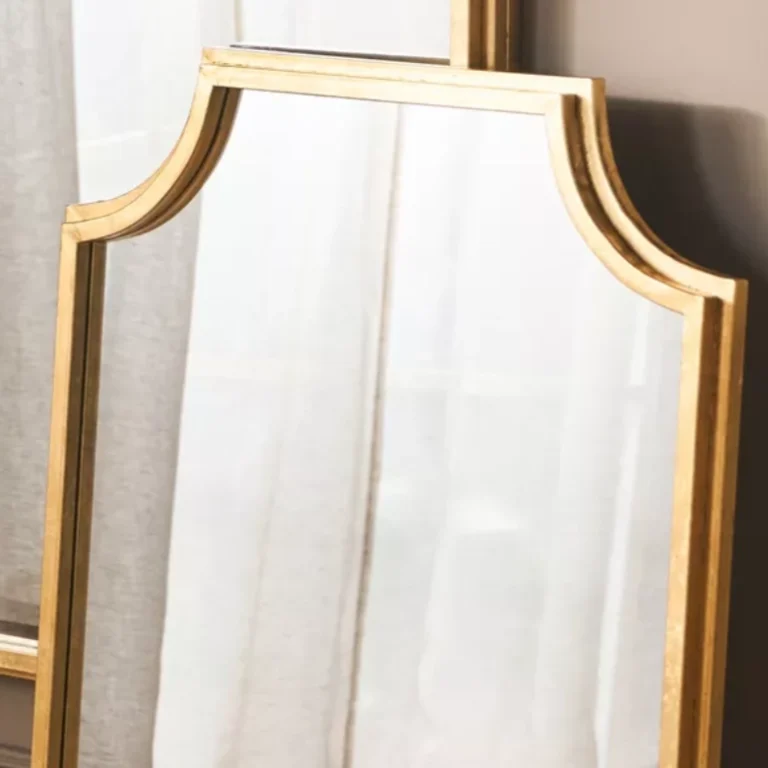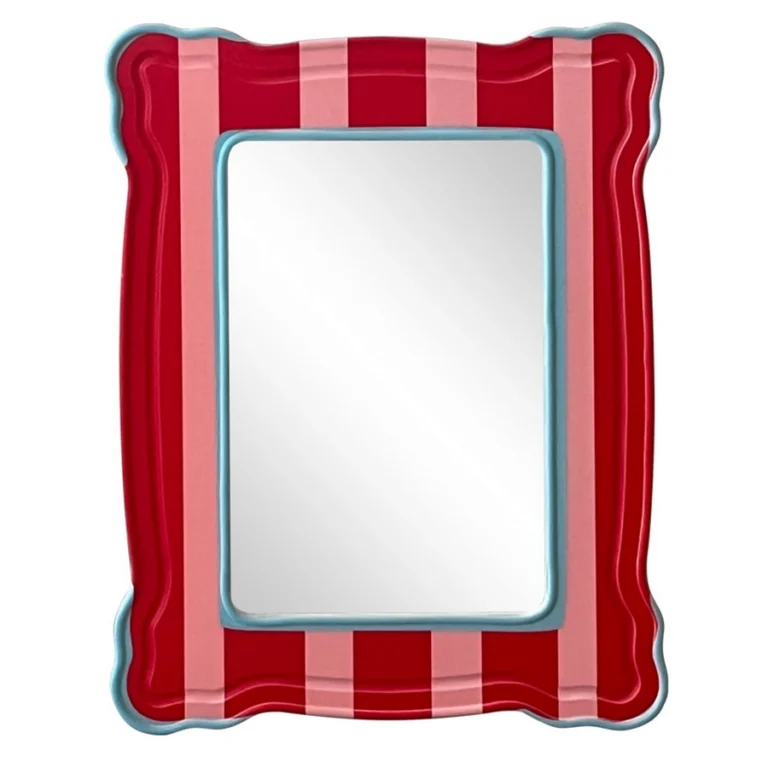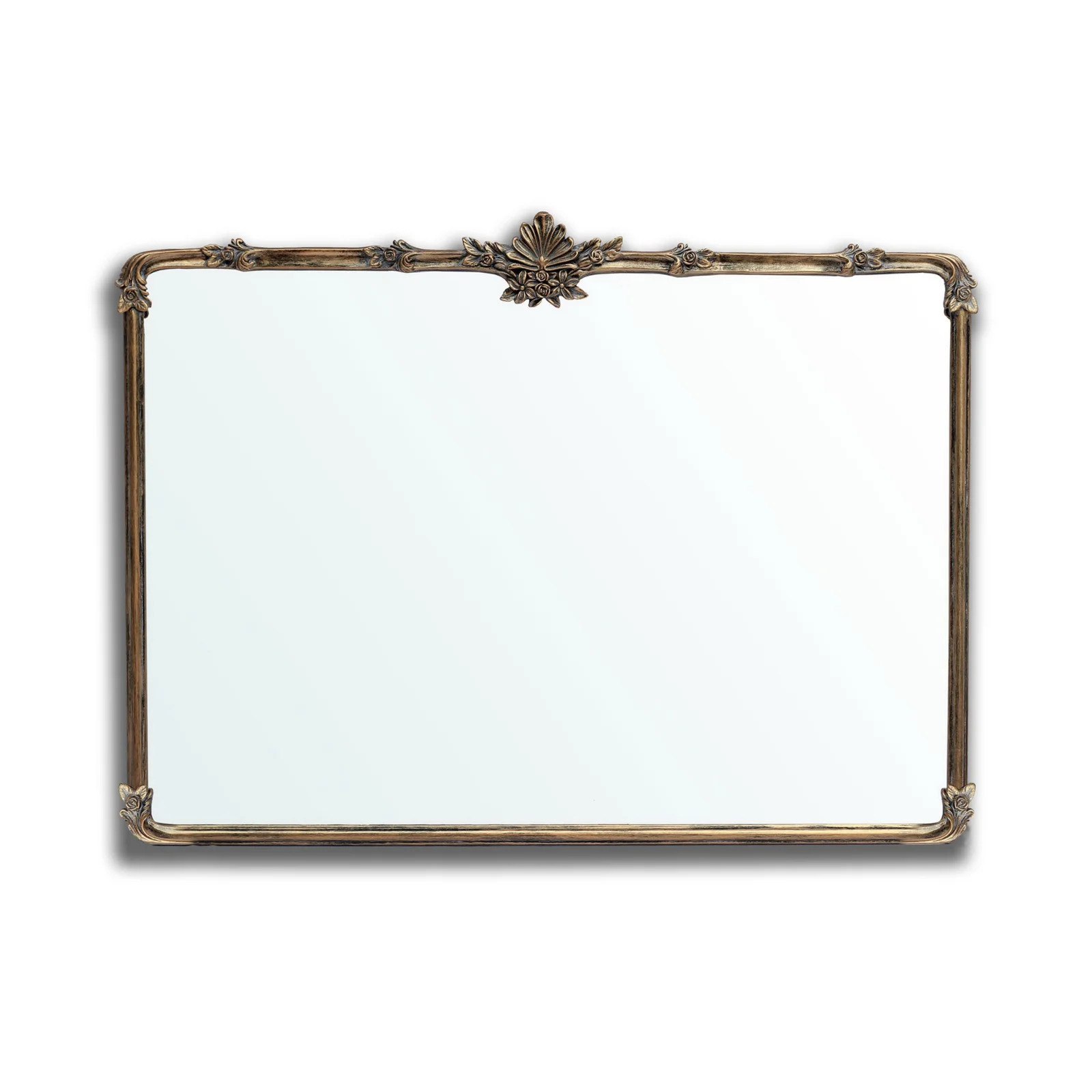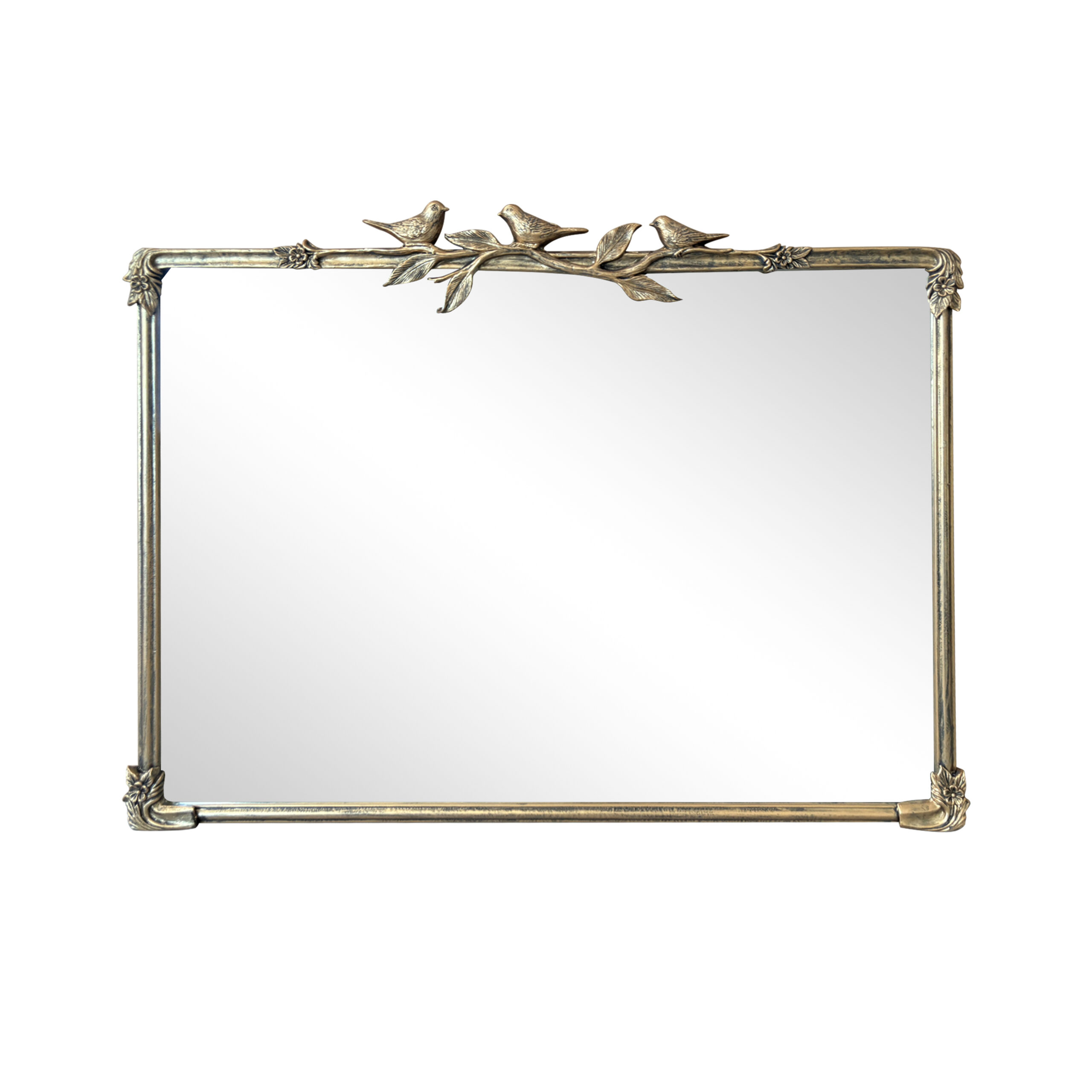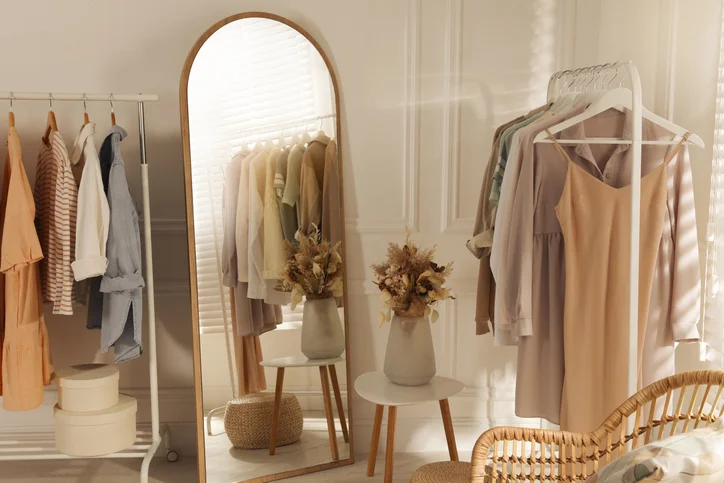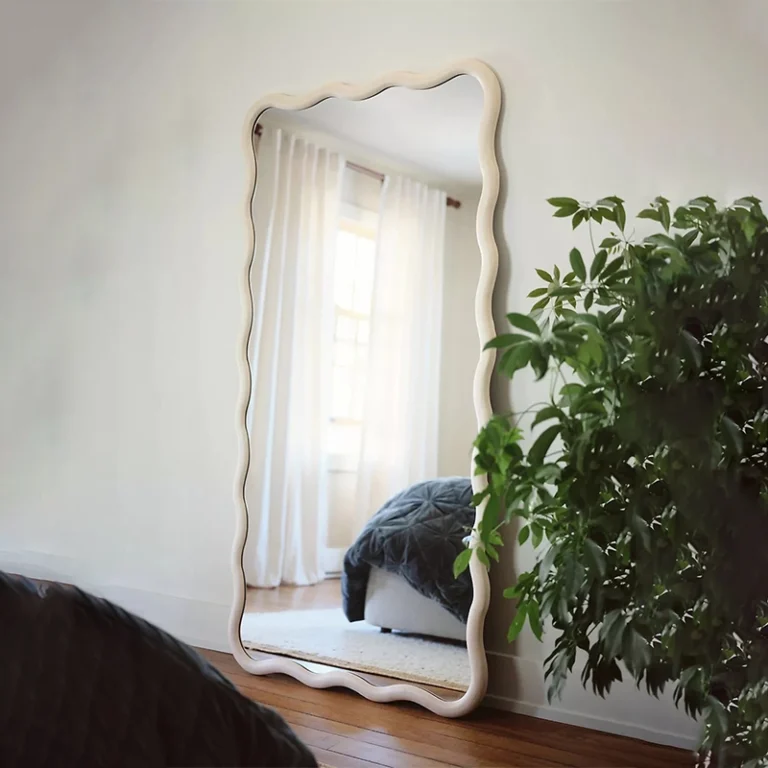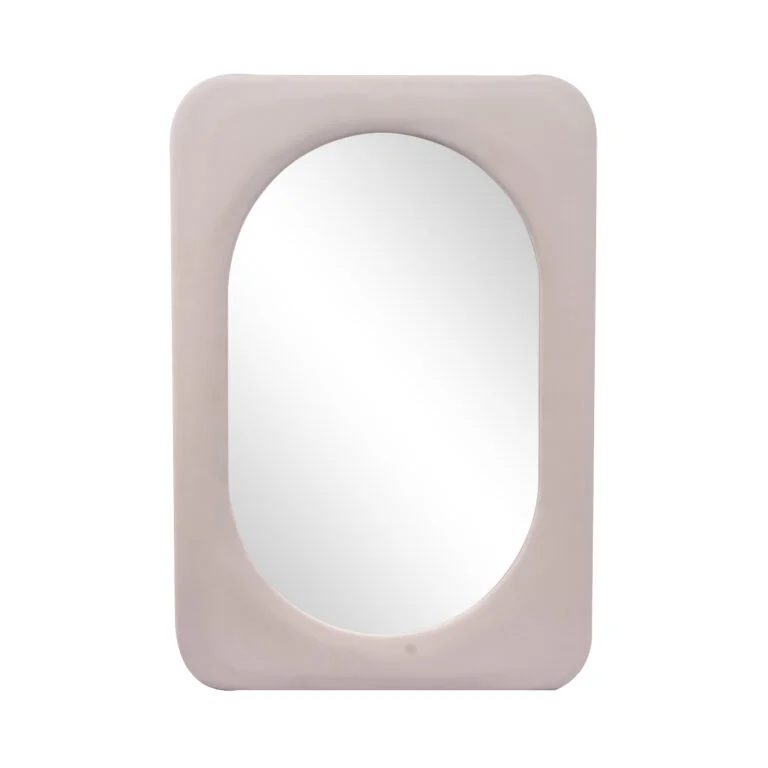mirror home gym installation Philadelphia
Of course. Installing a mirror in your Philadelphia home gym is a fantastic way to improve your form and make the space feel larger. Here’s a comprehensive guide covering methods, safety, and local Philadelphia-specific resources.
First: Critical Safety Warning for Gym Mirrors
Standard glass mirrors (like those on your bathroom wall) are not safe for a gym. If they are shattered by a dropped weight, misplaced kettlebell, or flying band, they break into large, sharp, dangerous shards.
You have two safe options:
-
Acrylic Mirrors: Made of shatter-resistant plastic. They are lightweight, very safe, and easy to install. The downside is that they can scratch more easily and may have a very slight warp, which can cause a funhouse mirror effect if not mounted perfectly flat.
-
Tempered Glass Mirrors: Glass that has been heat-treated to be 4-5x stronger than standard glass. When it breaks, it crumbles into small, dull pieces instead of sharp shards. It is heavier and more expensive but provides a flawless, distortion-free reflection.
For most Philly home gyms, especially those in apartments or rooms with neighbors below, acrylic is the most popular and practical choice.
Methods for Installation
Here are the most common methods, from easiest to most professional.
Method 1: J-Channel Mirror Clips (Easiest & Most Rental-Friendly)
This is the best method if you are renting or don’t want to put many holes in your wall. The clips grip the mirror securely without adhesives.
-
How it works: You install a “J-shaped” channel along the bottom of where the mirror will sit. You then tilt the mirror into the channel and use additional clips on the top and sides to secure it.
-
Pros: Very secure, no adhesive, easy to remove without damaging the mirror or wall.
-
Cons: The clips are visible.
-
Best for: Acrylic or tempered glass mirrors of almost any size.
Method 2: Mirror Mastic/Adhesive (Most Seamless Look)
This uses a strong, specially formulated adhesive to glue the mirror directly to the wall.
-
How it works: You apply ribbons of mirror mastic to the back of the mirror and press it firmly against the wall. It’s often used in combination with a few discreet clips at the bottom for initial support.
-
Pros: Creates a clean, nearly invisible look with minimal hardware.
-
Cons: Can be messy. Very difficult to remove without damaging the drywall or the mirror. Not ideal for uneven walls.
-
Best for: Permanent installations on flat, stable walls.
Method 3: French Cleat or Z-Clip (Heaviest Duty)
This is the most secure method for very large and heavy mirrors, like a full wall.
-
How it works: A wooden or metal cleat is mounted to the wall. A matching cleat is attached to the back of the mirror (or a frame holding the mirror). The mirror then “hooks” onto the wall cleat.
-
Pros: Incredibly strong, can hold immense weight. The mirror can be lifted off for removal.
-
Cons: More complex DIY project requiring tools and precision.
-
Best for: Large, heavy tempered glass mirrors or building a mirrored wall.
DIY Installation Steps (Using J-Clips as an example)
-
Gather Supplies: J-clip mirror mounting system, acrylic or tempered glass mirror, stud finder, level, tape measure, pencil, power drill, screws (often included with clips).
-
Find Studs: Use a stud finder to locate the wall studs. This is non-negotiable for anything but the smallest, lightest mirrors. You must anchor your clips into studs.
-
Plan Layout: Hold the mirror against the wall and mark its outline lightly with a pencil. Plan where your clips will go (every 16-24 inches along the sides and top, and along the entire bottom channel).
-
Install the Bottom Channel: Place the bottom J-channel along your marked line and screw it directly into the studs. Use a level to ensure it is perfectly horizontal.
-
Install Side & Top Clips: Place the side and top clips along your marked outline, screwing them into studs where possible.
-
Install the Mirror: With a helper, carefully tilt the bottom of the mirror into the J-channel. Gently push the top of the mirror back until it rests against the wall and secure the side and top clips around it.
Where to Buy Mirrors in Philadelphia
-
Home Improvement Stores: Lowe’s (e.g., 1450 Delaware Ave) and The Home Depot (multiple locations) carry standard and sometimes acrylic mirror sheets that you can have cut to size.
-
Glass & Mirror Specialty Shops: This is often your best bet for custom sizes and advice.
-
Philadelphia Glass & Mirror Corp: (2535 E. Cumberland St) A long-standing local business that can cut and supply both acrylic and tempered glass.
-
Liberty Glass and Mirror: (144 Leverington Ave) Another highly-rated local option for custom glass and mirror work.
-
-
Online: Websites like Titan Fitness or Rogue Fitness sell gym-specific mirror panels with protective frames, but shipping large glass can be risky.
Hiring a Professional in Philadelphia
If you have a large mirror, an uneven wall (common in Philly row homes), or just don’t want the hassle, hiring a pro is wise.
Who to Hire:
-
A Handyman: Great for standard installations using clips. Check platforms like Thumbtack, Taskrabbit, or Angi for highly-rated local handymen. Search for “handyman mirror installation.”
-
A Glass & Mirror Company: Essential for large tempered glass installations or glued applications. The local shops listed above (Philadelphia Glass & Mirror, Liberty Glass) also offer installation services.
What to Expect for Cost: A handyman might charge $100 – $300 for labor for a standard installation, depending on size and complexity. The cost of the mirror itself is separate.
Summary & Recommendation
-
For most people: Buy an acrylic mirror and install it using a J-clip system anchored into wall studs. This is the safest, most renter-friendly, and most DIY-friendly method.
-
For a flawless, permanent look: Hire a local glass company to install a tempered glass mirror using mastic or a French cleat system.
-
Never use a standard glass mirror or attempt to mount a heavy mirror with just double-sided tape or into drywall anchors alone.
Generally speaking, our order requirements are as follows: the minimum order quantity (MOQ) for large items is 50 pieces, for regular items it is 100 pieces, for small items it is 500 pieces, and for very small items (such as ceramic decorations) the MOQ is 1,000 pieces. Orders exceeding $100,000 will receive a 5% discount. The delivery timeline is determined based on the specific order quantity and production schedule. Typically, we are able to complete delivery within two months.
